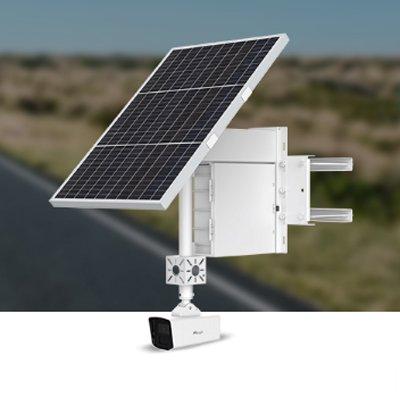Few could have failed to notice the publicity surrounding the ambitious chip and PIN initiative to combat credit and debit card fraud in the UK, which came into force on Valentine's Day last year and was a major undertaking by any measure. Although according to the latest figures from APACS (Association of Payment Clearing Services) there was a 3% drop in the amount of money lost to card fraud in 2006 which has to be welcomed - with a marked drop for the use of lost and stolen cards over the counter - recent news reports of a well organized card cloning operation at about 200 petrol stations suggest that there is no room for complacency.
Recognizing that this is such a large scale initiative in the fight against card fraud, and as with any security measure the potential for criminals to look at ways to circumvent it, we believed at the BSIA that was a pressing requirement for guidance on the installation and use of CCTV in the context of the successful operation of chip and PIN. As a result a document was created by our CCTV Section, which addresses a number of critical areas. These include: the positioning of Chip and PIN terminals both static and mobile; CCTV at the point of sale, particularly the location of fixed cameras so PIN information cannot be clearly identified; how cameras used for transaction monitoring should be handled; the need to ensure that the pre-set positions of moveable cameras are not going to capture a customer's PIN information. In the event that CCTV systems are integrated with an EPOS system to record CCTV data associated with a transaction, the guidance also highlights that it is imperative that PIN data is excluded.
To conclude, the impact which chip and PIN is having on card fraud appears from the published figures to be a positive one. It is however imperative, given some high profile incidents, that the integrity of the chip and PIN process is protected. In the context of CCTV this means that best practice needs to be adopted for both installation and operation so that there is no potential for a customer's PIN information to be compromised.
A copy of the guidance on CCTV and chip and PIN can be downloaded at www.bsia.co.uk/publications.

















